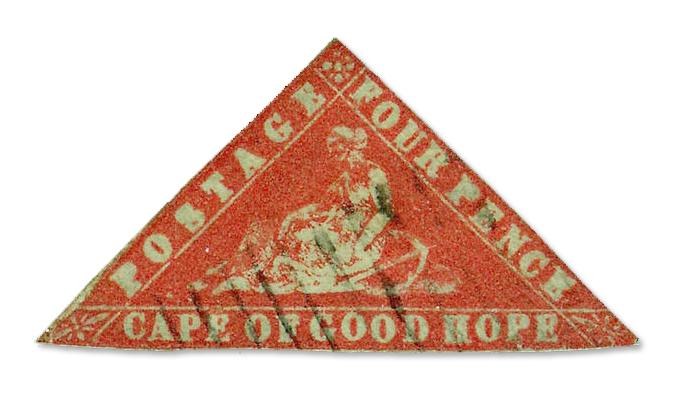The Most Valuable and Rare Stamps Of British Commonwealth and Colonies
Views : 54855
This review is an overview of some of the most interesting lots belonging to the category of colonial stamps. Some of them are extremely rare stamps while other lots have an interesting provenance. All of these stamps were sold at stamp auctions and are now kept in private collections.
1c Magenta British Guiana
Price Realized: $9,480,000
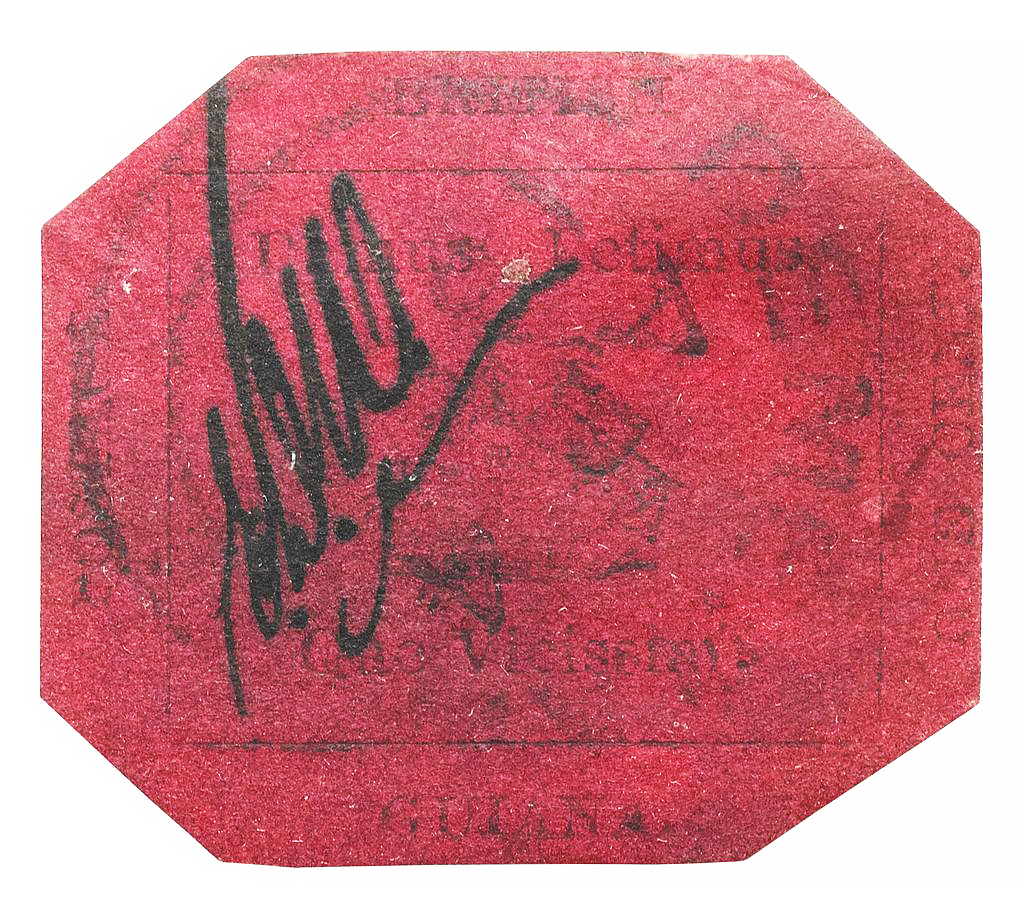
This rarity, known to almost every philatelist, was sold to an unknown buyer for 9.48 million dollars. Earlier, the British Guiana was sold at one of the philatelic auctions in 1980 for 935 thousand dollars. Since 1987, after an exhibition in Australia, the philatelic community has never seen it again. The owner of it was sent to prison for murder in 1997, where he stayed until his death in 2010. Before the auction, the price for this interesting stamp was tentatively estimated at 10-20 million dollars. The name of the buyer who made bids at the auction by phone is not known. The only thing disclosed by the auctioneers was that the buyer was a collector and not an investor.
1884 Postal Envelope Siam - Straits Settlements
Price realized: €110,000
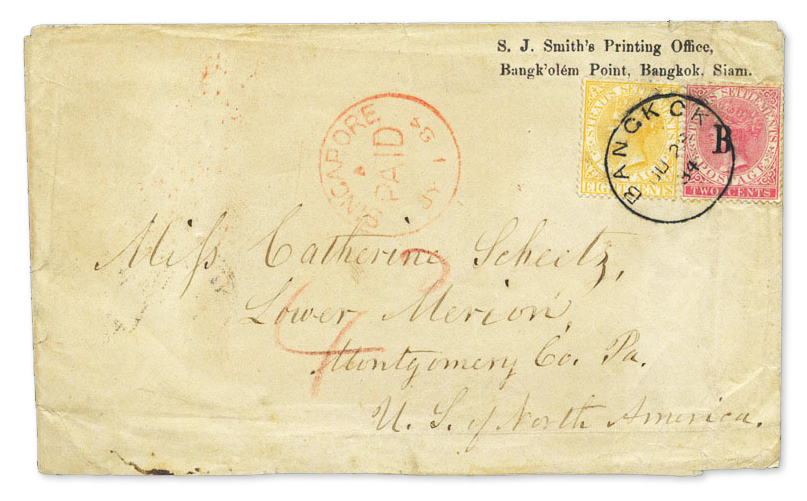
In 2012, a postal envelope of Thailand, franked by two stamps of the British colony of the Straits Settlements with a nominal value of 2 and 8 cents, was sold at D. Feldman's auction for 110 thousand euros. The envelope is addressed from the capital of Thailand to Montgomery, USA, and has passed through Singapore, London, and New York. On the front side of the envelope, in addition to cancellation in Bangkok, there is a transit stamp of Singapore. After the opening of a British post office in Bangkok in 1858, mail was sent through Singapore (the capital of the Straits Settlements) and from 1867, correspondence was usually franked using the stamps of this colony. One of these stamps with an overprint of 2 cents was placed on the mail envelope. To its left is a yellow stamp with a nominal value of 8 cents without an overprint, which is not quite typical for the series of that period.
1915 Straight Settlements
Price realized: AU$97,500
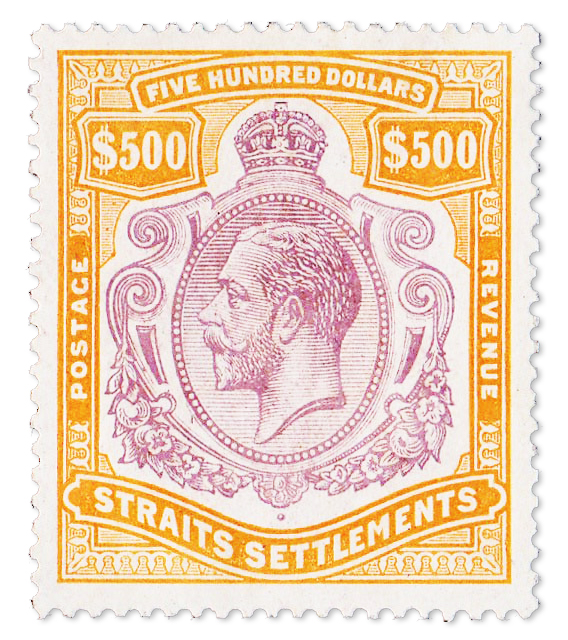
The production of the postage stamps of the Straight Settlements began in 1867 when this territory was separated from India and became the crown colony of Great Britain. In 1910, stamps showing King Edward VII, with nominal values of $25 and $500 were put into circulation. In 1915, a portrait of the new King of the British Empire, George V appeared on these stamps. Since 1921, the new edition of this series has been issued, which included 26 stamps. Although the 500-dollar piece was usually used for fiscal purposes because of the high nominal value, it was technically a postal stamp.
1922 Kenya and Uganda
Price Realized: $37,500
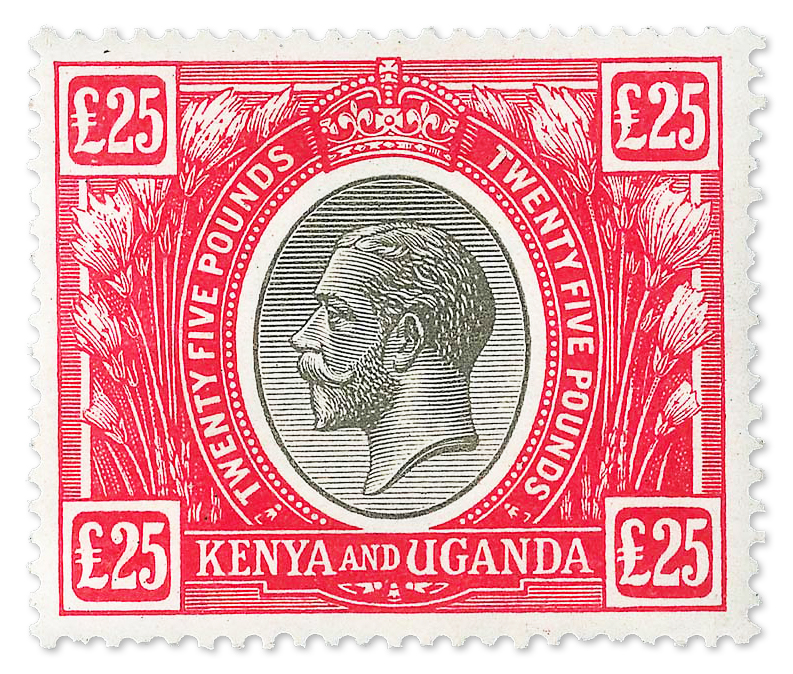
On May 5, 2014, the Kenya and Uganda postage stamp of 1922 with a nominal value of 25 pounds featuring the portrait of King George V was sold at a Siegel auction. The image of the king is located in the central oval in black on a red background. The lot is in very good condition. In the lot description, it was noted that this is one of the best copies ever known to the expert community since the design is well-centered, which is not typical for this issue. Until the early 20th century, Kenya and Uganda were separate British territories, which were then merged into the Protectorate of East Africa and Uganda in 1903. In 1922, the Protectorate changed its status and was transformed into the British colony of Kenya and Uganda. In the same year, the first stamps of the new colony appeared, on which the image of King George V was printed. Stamps were in circulation from 1922 to 1927. In the first edition, there were twenty-one stamps with values up to 50 pounds. In 1925, four additional denominations appeared. At the same time, stamps above 10 pounds were almost never used to send correspondence but, instead, were used for fiscal purposes.
1954 Invert of Kenya, Uganda, and Tanganyika
Price Realized: $23,000
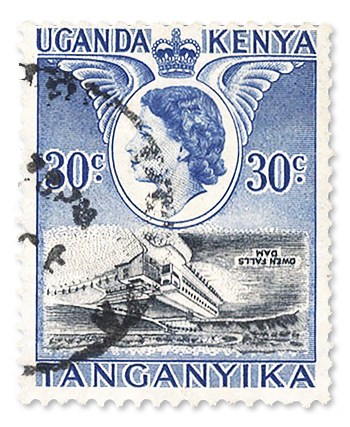
This is a postage stamp of the colony of Great Britain - Kenya, Uganda, and Tanganyika. The stamp with a value of 30 cents with the image of the Queen of Great Britain and the Owen Falls Dam was printed in a series consisting of 15 stamps. Stamps with the original design are of no interest to philatelists, and their catalog values are measured in cents. However, in 1983, a specimen with an inverted design was found. Later, two more such inverters were found, one of which was put up for auction.
1920 Jamaica 1 Shilling Invert
Price Realized: $24,000
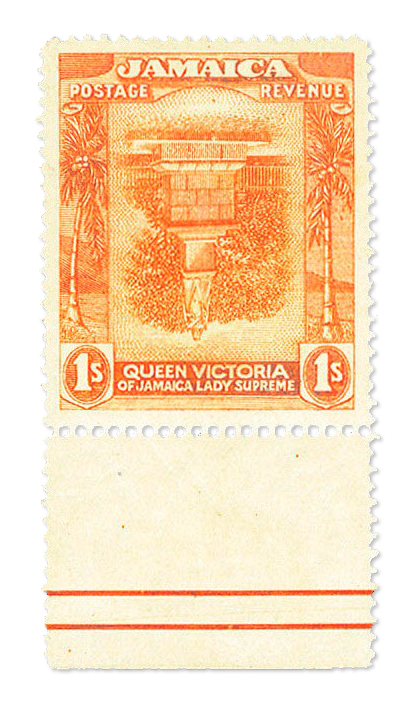
The 1920 Jamaica orange postage stamp of 1 shilling with an inverted image of the statue of Queen Victoria was sold at Cherrystone auction in 2012. This series of 1919-1921 included 12 postage stamps. A regular stamp with a properly oriented center costs only a few dollars. However, the invert that you see in the photo is indeed valuable. For the first time, such a stamp was discovered in a rural post office in Jamaica in 1922. According to specialists’ estimates, there are approximately 10–20 such stamps coming from one defective sheet.
1850 12-Cent Blue British Guiana
Price realized: AU$14,000
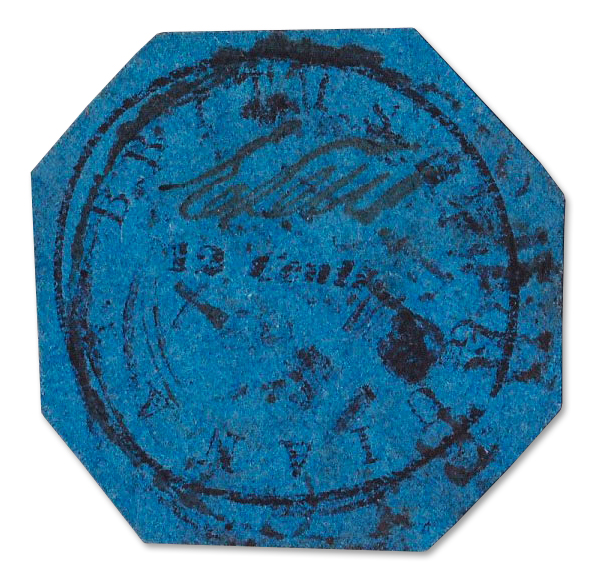
In 2012, a blue postage stamp of British Guiana of 1850 with a nominal value of 12 cents was sold by Status International Public Auctions. The stamp belongs to the first issue of the colony, which was called the “Cotton Reel”. Postage stamps of this series were round, but after printing, they usually acquired an octagonal shape just as in the case of the famous rarity British Guiana 1c magenta. When put into circulation, this issue was certified by the signature of one of the postmaster assistants or some other post officer. On the sold copy, the initials E.D.W. can be observed just like on the famous British Guiana 1c magenta.
1861 Cape of Good Hope Color Error
Price Realized: $12,000
This is the famous triangular stamp of the Cape of Good Hope of 1861 with a color error. This stamp appeared as a result of a printing error. In 1860, in the British colony, the employees were running out of stamps produced by the London printing house. The next order from London was delayed and the workers had to order postal goods from the local printing house. The stamps were printed inaccurately; nevertheless, they were in circulation for a year and were called Woodblocks. Two stamps were printed — a 1-penny stamp in red and a 4-pence stamp in blue. However, due to an error that occurred during the assembly of the printing form, individual stamps were printed in the wrong color.
1919 Malta 10 Shillings
Price Realized: $3,000
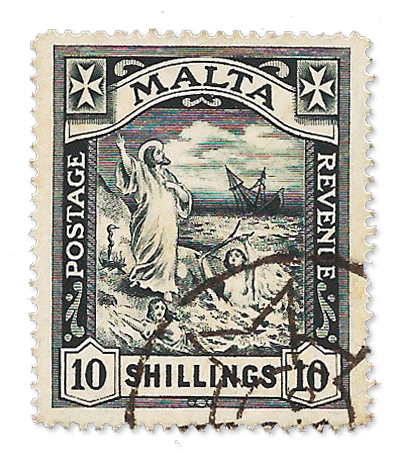
In 2012, Malta's canceled postage stamp depicting scenes from the life of the Apostle Paul was sold at an online stamp auction. The first stamp with this design, but in a blue tint, was released in 1899. The re-issue of 1919 was black (without any blue to it) and had different watermarks. On the stamp of the colony, a biblical story was used, which showed the shipwreck of Paul’s ship. Interestingly, philatelists found a mistake in this design. If you look closely, you’ll notice that right behind Paul’s back, you can see a snake in the fire. If you follow the biblical chronology, you will notice that after St. Paul survived in a shipwreck, he climbed to the coast of Malta where he was noticed by local residents. Later, when they were sitting by the fire altogether, the snake appeared from the fire and crawled onto the apostle’s hand.
1921 Straits Settlements
Price Realized: $2,500
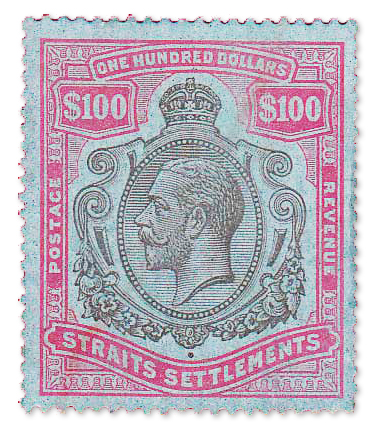
In 2012, the 1921 Straits Settlements postage stamp with a value of $100 was sold at an online auction. Straits Settlements was a colony of Great Britain in Southeast Asia, which was established in 1826 by combining territories in Malaya (Singapore, Penang, Malacca) and existed until 1941. For the first time, this series was put into circulation in 1915. At the same time, similar stamps were issued in different colors, in denominations of 25 and 500 dollars. In 1921, these stamps were printed in new editions along with two dozen other stamps from this series issued in 1912-1918.
